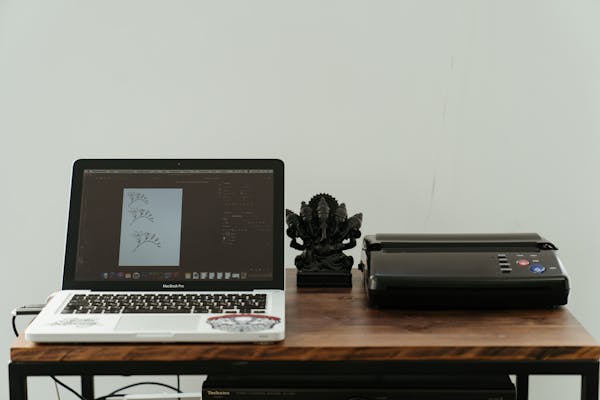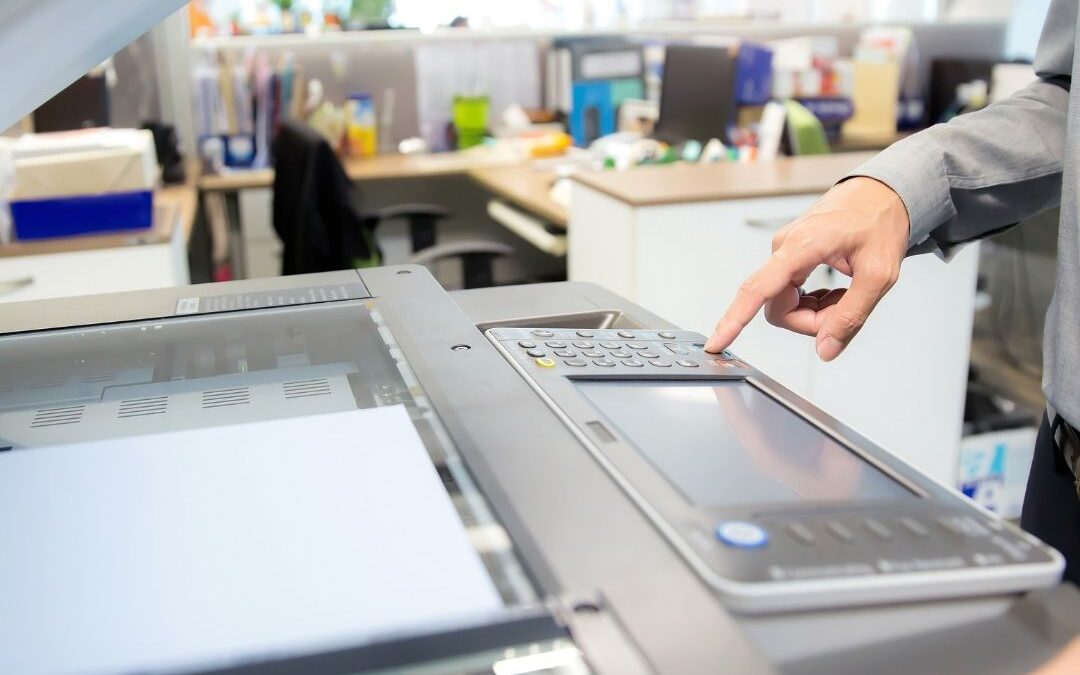Zink: Inkless Printing With Colorless Color
Busch calls it the “fried ice cream” approach, conceived by Polaroid researcher Stephen Telfer, now head of Zink’s chemistry and media development groups. “How do you melt a high-temperature molecule without melting a low-temperature one? With fried ice cream, you roll it in dough and throw it in really hot oil for a short amount of time. The coating fries without melting the ice cream because you’re hitting the shell with a high temperature, but the heat doesn’t get to the ice cream.” But if you want to melt the ice cream without cooking the dough, he says, just leave it on the counter overnight, and “the low temperature over a long time will melt the core.”
Fried ice cream was the answer to the colorless-color problem. The color closest to the surface—the one with just the right melting point turned out to be yellow—would have the highest melting point and the shortest pulse. That way the heat wouldn’t have time to migrate down to the next color (magenta), which has a medium melting point. The longest pulse would heat the third color (cyan), which was deepest down, but because it was at a low temperature, it wouldn’t affect the other two.
Busch and his colleagues worked on control electronics for the thermal printhead, precisely adjusting the time and temperature of the 200 million pulses of heat needed to make a 2- by 3-inch print. They came up with pulses of about half a millisecond for the yellow and about 10 ms for the cyan.
The chemists continued to tweak their colorless compounds, trying to adjust the melting temperatures to 200, 150, and 100 °C, low enough to protect the plastic coating but high enough to prevent the colors from being activated if the photo was left in the sun.
The team solved the puzzle by adapting the approach being used over in the Opal photo-kiosk project. The Opal researchers were also using heat, but instead of trying to melt the dyes directly, they embedded the dyes with solvents and used heat to activate the solvents. The Onyx team realized it was much easier to find a solvent that melts at the right temperature than to engineer a colorless molecule that responds to that temperature. The solvents then melt the colorless crystals into puddles of colorful ink.
On Christmas Eve 2001, it all came together. The group printed its first recognizable image using a thermal printhead wired to a field-programmable gate array chip. They’d proved the concept.
The reaction within Polaroid was mixed, recalls Van Dijk. “It was a disruptive technology—so disruptive that it would have killed camera sales. It would have killed instant film. So there was hesitation about going full speed ahead with it.”
Meanwhile, Polaroid’s business troubles continued. In July 2002, an investment firm, One Equity Partners, purchased the bankrupt company. The strategy was like buying a foreclosed house; the new owner would hang onto the company for a while, perhaps renovate it a little, and then try to sell it at a profit.
In April 2005, One Equity sold Polaroid to a Minnesota businessman, Thomas Petters, for an undisclosed amount. Petters immediately began using the Polaroid brand name on a line of digital cameras.
Petters wasn’t interested in continuing the Onyx research. “He was excited by the technology,” says Herchen. “We were able to do some pretty neat things with it, and it wasn’t that far off from being a product.” But continuing the research—the team then had 100 people on it—would have cost millions of dollars a year.
Petters gave the team six months to find a buyer or investor. A major inkjet-printer company was interested, and the team focused on making that acquisition happen. In May of 2005, though, the inkjet company backed out. Petters made it clear that he could not support the Onyx group after the end of June.









